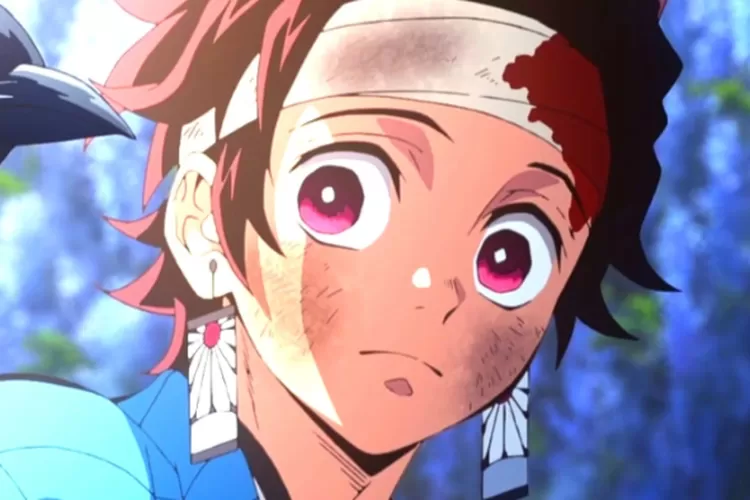Demon Slayer, one of the current popular anime and manga series, has gained widespread recognition for its captivating storyline and dynamic characters. At the center of this success is Tanjiro Kamado, the protagonist whose popularity has soared. However, Tanjiro’s journey has not been without controversy, as his earrings sparked a heated debate that required a swift response from the creators.
Initially, Demon Slayer faced backlash due to the resemblance of Tanjiro’s earrings to the sun icon used during World War II in Japan. This symbol, known as the Rising Sun, holds negative associations due to Japan’s actions during the war. The controversy quickly spread, particularly in Asian countries like China and South Korea, where the symbol remains highly sensitive.
Recognizing the gravity of the situation, Demon Slayer’s creators swiftly took action to address the cultural sensitivities. The design of Tanjiro’s earrings was modified to remove any problematic subtext while retaining the symbolism of the Sun Breathing technique, which plays a significant role in the story.
This adaptation proved to be crucial in the series’ success and its ability to resonate with a wider audience. The decision to change the earring design allowed Demon Slayer to flourish in regions like China and South Korea, where the controversy would have hindered its popularity. By making small but significant changes, the creators demonstrated a willingness to listen to their audience and adapt accordingly.
Despite the modifications made to the earring design, Tanjiro remains a powerful and optimistic protagonist. His unwavering determination and connection to the Sun Breathing technique continue to captivate viewers. The earrings serve as a symbolic reminder of Tanjiro’s link to the original Demon Slayer, Yoriichi, who nearly defeated the formidable demon, Muzan.
Muzan, a central antagonist in Demon Slayer, notices Tanjiro’s earrings and interprets them as a symbol of the original Demon Slayer’s power. Tanjiro’s mastery of the Sun Breathing technique makes him a formidable threat to Muzan, adding depth and tension to their rivalry.
The controversy surrounding Tanjiro’s earrings highlights the importance of creators being open to addressing concerns and controversies. In a globalized world, it is crucial to understand and respect different cultural sensitivities. Demon Slayer’s creators exemplified this by promptly modifying the earring design, ensuring the series could be enjoyed by a diverse audience without inviting unnecessary turmoil.
Demon Slayer’s ability to adapt and thrive, despite the initial controversy, is a testament to the power of listening and making changes. The willingness to understand and respect cultural sensitivities enhanced the series’ popularity, ultimately solidifying its position as one of the current leading anime and manga series.
In conclusion, the controversy surrounding Tanjiro’s earrings in Demon Slayer prompted the creators to make necessary changes to address the cultural sensitivities. By modifying the earring design, they were able to avoid negative associations and allow the series to resonate with a wider range of audiences. This showcases the importance of adaptability and willingness to listen in the success and longevity of any creative endeavor. Demon Slayer remains a shining example of how creators can navigate controversies and maintain their popularity.




